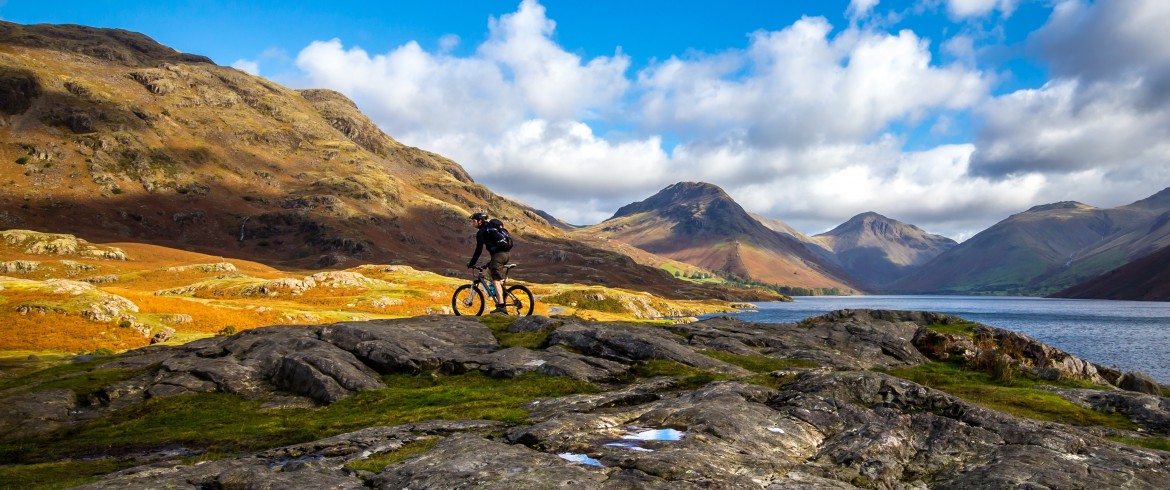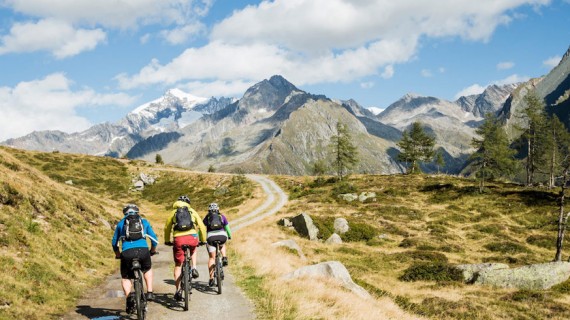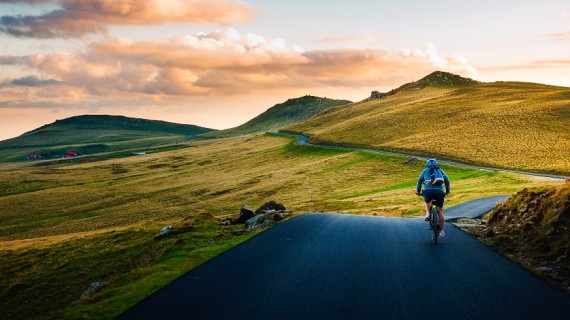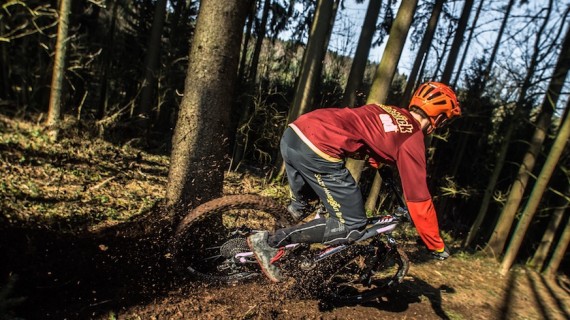How mountain biking without impacting the environment and the places we go through? Here are 5 essential tips for your sustainable MTB journey
Literally, every human activity has an impact on the environment and mountain biking is no exception. As we enjoy our bikes along enchanting nature trails and beautiful scenery, we leave behind a trail of destruction. Some of the damage caused by these electric bikes may be negligible while some can be quite devastating to nature.
The effect of mountain biking is primarily related to the alteration of our fauna and flora. The flora is affected by displacing soil through skidding and rough biking causing soil erosion along the trails. Although this can be easily mitigated through proper trail design and construction of gabions, prolonged mass use can cause deforestation. Noise, over speeding and littering stand to harm our fauna. Wild animals don’t take loud noises too well and can turn violent while speeding can have some small animals run over.
Bikers always need to be environmentally conscious and level up their relationship with Mother Nature as Mother Nature can be unforgiving.
Below are some ways that we can promote sustainable mountain biking:
1. Always Stay on the Trail
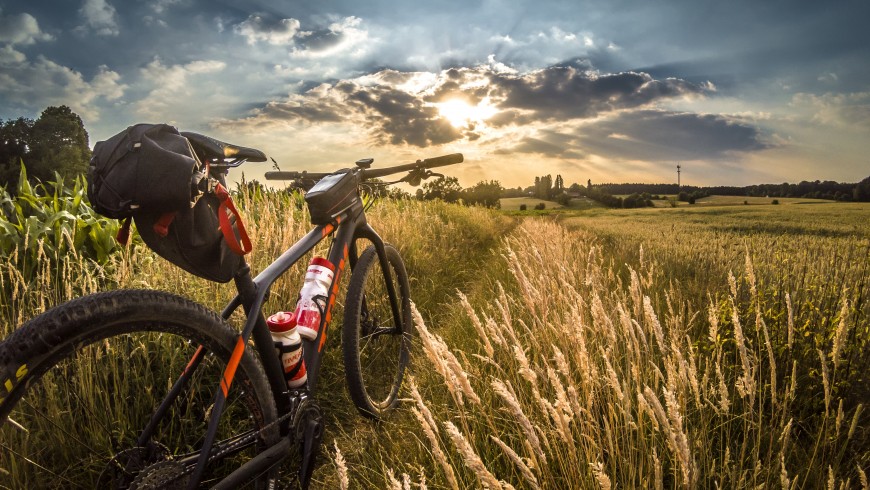
Forests and nature trails always provide riders with a map and it’s for good reason. The map seeks to guide the rider on the approved roads as off-trail adventure leaves behind a mess of erosion and damage to the vegetation. It is of utmost importance to always use the trails marked in the forest. Once in a while, you may encounter an obstruction either from fallen trees or other large by-products of wind, rain or snow. Most riders are normally tempted to circumvent off the trail but this really destroys vegetation which is costly to recover. The best thing to do is hoist your bike up and over the obstruction.
2. Never Ride in Mud

Riding in the mud can be a tempting and exciting adventure. A rider may want to show off the strength of their bike by trampling on muddy trails. This is heavily discouraged as these electric bikes render the trails barely passable after they dry. Moreover, the trails widens suffers vegetation loss and erosion as riders deviate from the marked path to less muddy ground. In addition to this, muddy bikes may carry seeds of trees and other plantations. These seeds maybe unknowingly deposited in sensitive areas causing a wipeout of existing vegetation.
3. Knowledge is Key
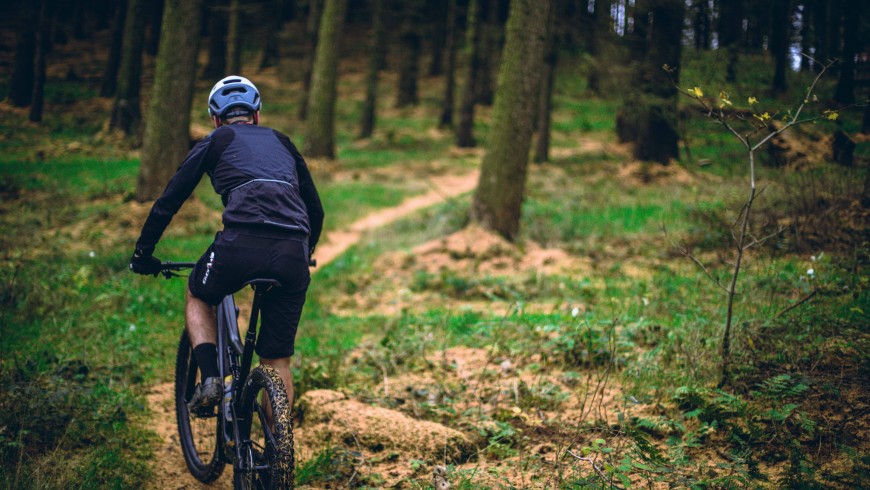
Sustainable biking can be achieved through bikers managing their speed, being aware of the trail turns and respecting other trail users. When a rider goes on moderate speed, he is less likely to slam the brakes in case of an emergency as he is able to anticipate any dangers. This saves the surrounding vegetation from destruction and dust. Knowledge of the trail makes it easy to hit the turns at a speed one can handle confidently.
4. Never ever Litter

It is absurd to wreck the very environment we all enjoy. If you ride the trails, you must maintain it. If you spot litter or debris such as fallen branches and trees, it does not cost much to pick it up. In addition to minimizing waste, pick it up, even if it’s not yours. Most forests and nature preserves have organized groups that carry out preservation activities such as cleaning and maintaining the trails. A dedicated mountain biker should seek to join such groups and promote any efforts of ecotourism.
5. Always be on the Lookout
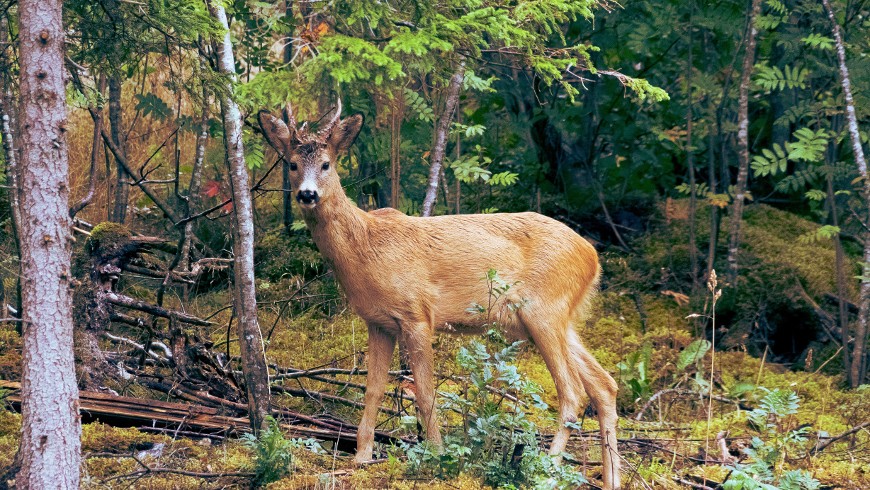
When it comes to nature, you are your brother’s keeper. A little awareness can make a big impact on the quality of life for animals living within the trail. The loud noise made by bikers and speeds of bikes can scare and disrupts the habits of wildlife. Bikers should often remind one another on the do’s and don’ts of mountain biking. Shortcutting is a common trait that is strictly prohibited because it not only damages vegetation from trample but also creates fall line inviting erosion to further harm vegetation.
Cover image: Photo by Didier Weemaels on Unsplash
